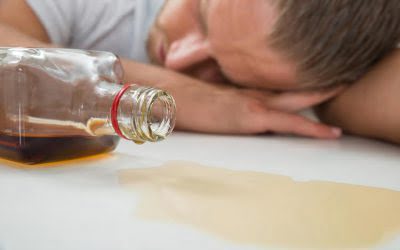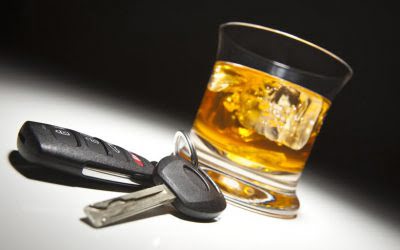Understanding Physiological Addiction: A Comprehensive Guide
This part of your brain controls pleasurable feelings and gives you the desire to recreate those pleasurable feelings. If you use a substance or engage in an activity that is very simulating to your brain’s pleasure center, you are more likely to repeat that behavior again in the future. Therefore, if you eat chocolate and your brain finds it very pleasurable, you are more likely to eat chocolate regularly in the future. Unfortunately, your nucleus accumbens plays a key role in psychological addictions (it also plays a role in physical addictions). Thus, it is this part of your brain that causes you to develop attachments to otherwise non-addictive substances.

TTM Psychology: Exploring Trichotillomania and Its Impact on Mental Health
Opiates and narcotics are strong painkillers what is alcoholism that reduce pain, induce drowsiness, and produce feelings of well-being, happiness, and excitement. Opiates include drugs like heroin and opium, as well as pain-relieving medications, such as Vicodin and morphine. Depressants include alcohol as well as certain types of medications such as benzodiazepines (Valium, Xanax, and Ativan), barbiturates, chloral hydrate, and paraldehyde. Discover top trauma therapy types and innovative approaches to accelerate your healing journey. Master how to stop drinking with effective strategies, coping skills, and resources for recovery. Learn how to redefine your relationship with alcohol, establish healthier habits, and seek effective support.
- This includes using substances in ways that lead to health issues, relationship problems, or legal troubles.
- These facilities provide essential services to aid in detoxing safely under the supervision of medical professionals.
- Therefore, if you wake up in the morning and are feeling symptoms of withdrawal, or they happen during the day (depending on when you last took your medication or substance of choice), then you’ll need to make a change.
- Some substances, such as opioids, sedatives, and stimulants, are more likely to lead to physical dependence compared to others.
Resources for Further Reading on Physical Dependence and Psychological Addiction Treatments
The development of physiological dependence involves changes in the brain and body to counteract the effects of the drug. This can result in the need for increased doses over time to achieve the same effect, highlighting the body’s tolerance to the substance 6. In this way, physiological dependence can progress to addiction as individuals continue to use the substance, not to achieve a “high,” but to avoid the discomfort of withdrawal. Physical dependence refers to the body’s adaptation to a substance, leading to the need for increased amounts to achieve the same effect (tolerance) or experiencing withdrawal symptoms when the substance is discontinued. On the other hand, psychological dependence involves emotional and mental reliance on https://svcppondy.ac.in/complications-of-alcoholism-the-effects-on-the-2/ the effects of a substance 1.
How Long Is Inpatient Rehab for Drugs
The brain changes how it reacts to the drug, potentially releasing fewer neurotransmitters, hormones, or chemicals until the drug is detected in the system. This parallels scenarios like a caffeine headache where the brain and body increase pain when lacking caffeine, which subsides upon caffeine intake. An individual can be both physiologically and psychologically dependent on a substance. However, it is also possible to develop physiological dependence without psychological dependence and vice versa. This physiological reliance on a substance should not be confused with addiction, although the two terms are often used interchangeably.

Recognizing the differences between substance use, dependence, and addiction is essential for understanding treatment needs. Typical signs of substance use or dependence include behavioral changes such as social withdrawal, secretiveness, and neglecting responsibilities at work or school. Physical signs may involve changes in sleep patterns, physical appearance, weight, or hygiene, along with memory issues and mood swings. Substance use disorder (SUD) is a medical diagnosis describing a problematic pattern of substance use leading to significant distress or impairment.

How Long Does It Take to Detox From Alcohol
In the context of physical dependence, understanding the body’s reactions to substance withdrawal can provide valuable insights into managing and overcoming dependence. While the terms addiction and dependence are often used interchangeably, they are not the same. Dependence, as described above, refers to the physical or psychological reliance on a substance. Addiction, however, goes a physiological dependence on alcohol step further and involves changes in brain circuitry leading to compulsive drug seeking and use, despite adverse consequences.
